Aging

The "levator" muscle holds up your eyelid. The skin and tissue around it stretch and get weaker as you age. That may make your eyelids droop slowly over time. You might not need treatment. But you can get surgery to raise your eyelid if you can't see very well or don't like how it looks. Skin can also hang over your eyelid. That's called dermatochalasis, and it can look like ptosis. Your doctor should be able to tell the difference.
Eye Injury

You can accidentally hurt or weaken your levator muscle. It could happen if someone or something hits you in the eye. Wearing contact lenses for many years or rubbing your eye a lot can cause it, too. Tell your doctor if the drooping doesn't get better on its own or gets worse over time. Surgery may help.
Eye Surgery
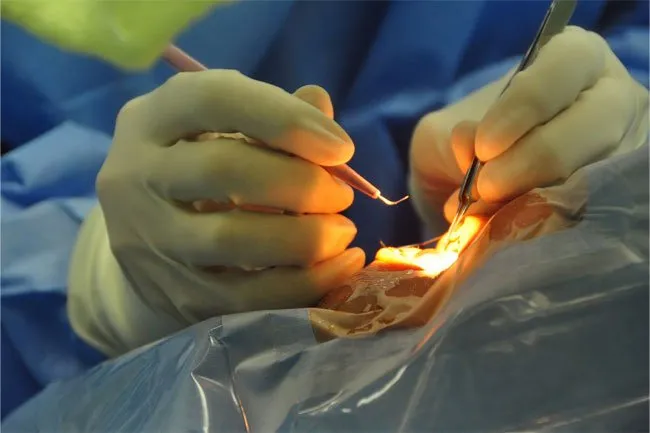
Your eye might droop after cataract, glaucoma, or LASIK surgery. Doctors aren't sure why this happens. Some think the tool that holds your eyelid back during surgery may stretch or damage your eye muscles. Surgery can also make your eyelid swell. This kind of ptosis usually gets better on its own. Talk to your doctor if it hasn't gotten better after 6 months.
You Were Born With Them

Some babies are born with one or two droopy eyelids. It happens when the muscle that holds up the eyelid doesn't form the right way. Kids with ptosis might have less vision in the top part of their eye. They may tilt their head back to see better. Sometimes they get amblyopia, or "lazy eye." Your doctor might suggest surgery to raise their eyelid.
Myasthenia Gravis
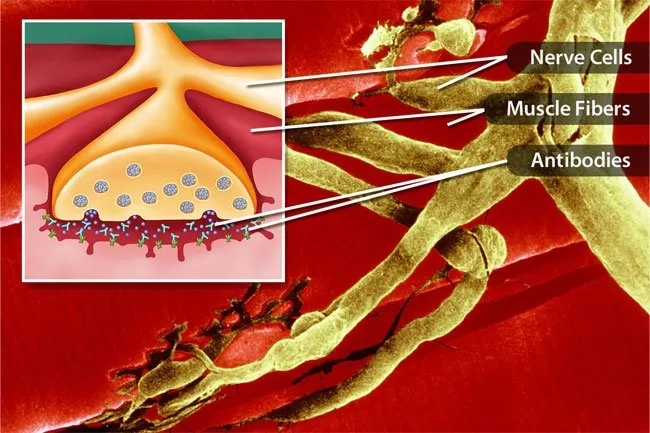
This is when your immune system attacks and weakens the signal between your nerves and muscles by mistake. That includes the ones that control your eyelids, face, throat, and jaw. Your ptosis might get worse at night or when you're tired. Drugs or surgery may help your muscles work better.
Horner Syndrome

This is when damage to certain nerve pathways makes your eyelid sag. The affected eye might have a smaller pupil, and part of your face might not sweat. Some people are born with Horner syndrome. But noncancerous (benign) or cancerous tumors, like ones in your brain, head, or lungs, can also damage these nerves. Your doctor will check for diseases that limit blood flow to your head and neck.
Serious Headaches
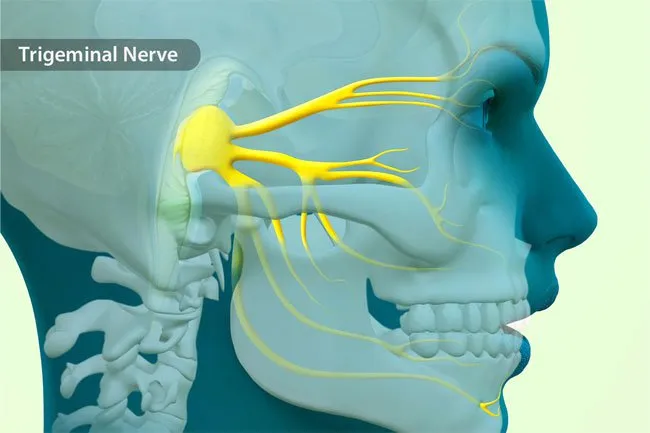
You might get symptoms of Horner syndrome if you have migraine or an issue with your trigeminal nerve. That's a nerve that runs through your face and jaw. Your eye will probably go back to normal when the headache goes away. But sometimes it can sag in between attacks. Talk to your doctor about drugs or other treatments to manage the cause of your headaches. They’ll also rule out a more serious condition.
Eyelid Tumor

Your doctor might call this mechanical ptosis. That just means something is weighing your eyelid down. A tumor might grow on your eyelid if you have a genetic disorder called neurofibromatosis type 1 (NF1). It's usually not cancerous, but you may need surgery or radiation treatment to get rid of it. There's no cure for NF1.
Eye Infection
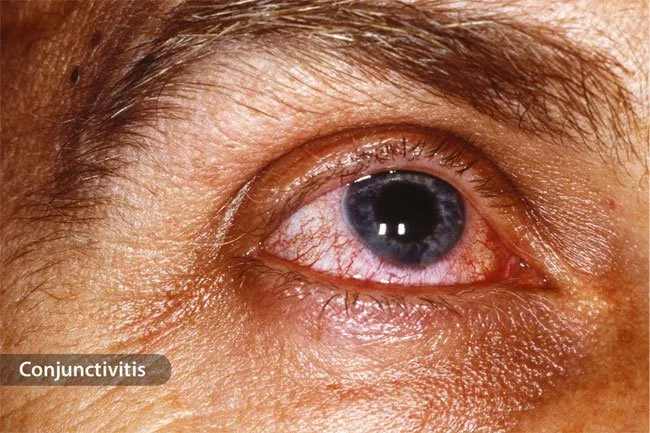
Pinkeye (conjunctivitis) or styes can make your eye swell. Your eyelid will likely go back to normal as you heal. That might take 1-2 weeks or longer. You should get better on your own. Check with your doctor if your eye is swollen shut or you have pain, pus, or a fever. You might need antibiotics or surgery to drain the fluid. In the meantime, artificial tears or a warm or cool compress might help your eye feel better.
Stroke

Your brain can't get enough oxygen and nutrients if a blood vessel bursts or is blocked by a clot. That causes a stroke, and it can make one side of your face -- including eyelids -- droop. Get help within 3 hours of first symptoms. Watch out for numbness/weakness, or trouble speaking, seeing, or walking.
To cut your odds of a stroke, exercise and eat well. Work with a doctor to manage diabetes, cholesterol, and blood pressure. And if you smoke, quit.
Bleeding in Your Brain

A brain aneurysm is a weak part of a blood vessel that can burst, causing a hemorrhagic stroke. This can trigger a subarachnoid hemorrhage. That's when you bleed around your brain. It's an emergency that can cause fainting or a seizure. Tell your doctor if you have terrible head or eye pain, vision changes, or weakness and numbness on a side of your body. They might be able to treat your aneurysm with surgery.
Muscle Problems
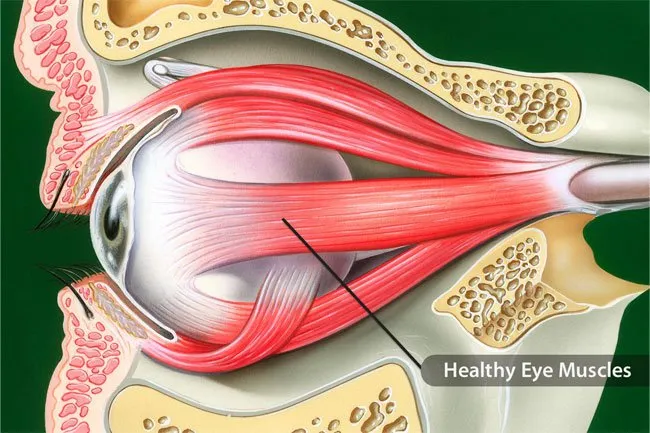
Droopy eyelids can be a sign of oculopharyngeal muscular dystrophy. That's a muscle disease of your eye and throat. You're born with it, but symptoms might not show up until after age 40. Both eyelids might sag. You might not be able to see very well, and tongue and throat problems may make it hard to eat. Surgery can help fix your ptosis. You might need occupational therapy or another surgery if other parts of your body are affected.
Diabetes

Over time, high blood sugar can damage blood vessels and nerves in and around your eyes. You might get a droopy eyelid along with double vision. That can happen with diabetic third nerve palsy. Symptoms sometimes get better when you manage your diabetes. But the doctor might suggest surgery if your ptosis affects your vision and lasts longer than 6 months.
Botox
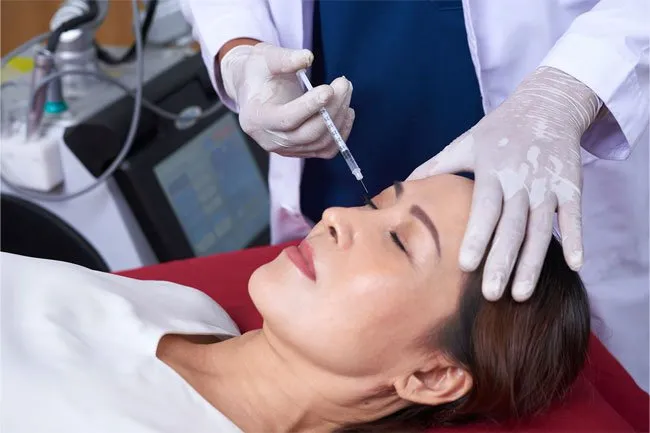
Botulinum toxin (Botox) can paralyze your muscles, like the ones that cause wrinkles. You might not have any problems with Botox. But it's possible for the toxin to get into the muscle that controls your upper eyelid. Your ptosis should get better as it wears off, but apraclonidine eyedrops might help. Your doctor will help you decide what treatment is right for you.
Mitochondrial Myopathies

Genetic diseases can make it hard for mitochondria to work. That's what powers most of the cells in your body. Your eyes and eyelids might get weak. It may cause mild vision problems in adults. Kids with mitochondria issues should get eye exams often. The doctor might give you nutrition supplements like creatine, carnitine, or coenzyme Q10 to help your mitochondria. More research is needed to know how well these supplements work.
Eye Health: Reasons for Droopy Eyelids
This tool does not provide medical advice. See additional information: 
© 1996-2024 WebMD, LLC. All rights reserved.
Source slideshow on WebMD
